archive
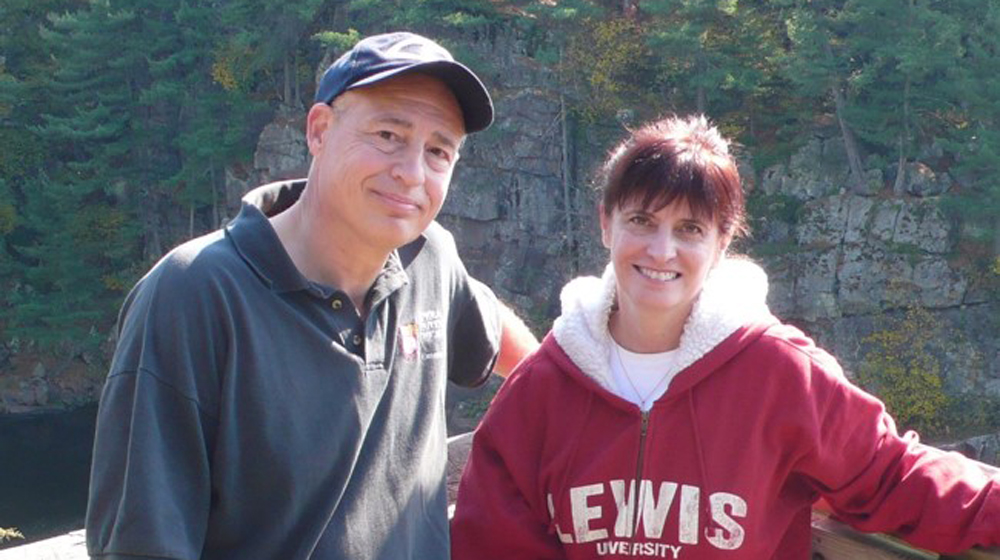
"Civil War Chicago: Eyewitness to History" on October 20th
Professor of History Theodore J. Karamanski, PhD and Loyola alumna Eileen M. McMahon, PhD, will discuss their new book on the Civil War’s transformative role in Chicago's development.
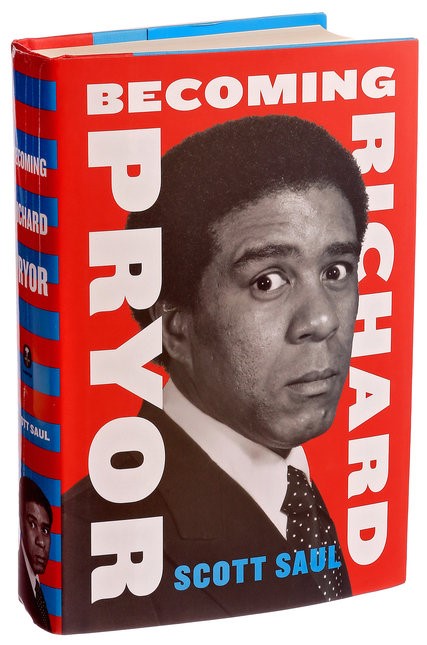
Richard Pryor Biographer to Speak at Loyola
Scott Saul, the author of Becoming Richard Pryor, will give a public lecture on the comedian entitled "Living with Richard Pryor: A Biographer's Tale" on Friday, April 24 at 3 PM.
Timothy Gilfoyle on "The Changing Forms of History"
Should history be a book discipline? What constitutes "acceptable scholarship" in history? Professor Timothy Gilfoyle considers the rich and diverse forms that historical scholarship take from books, digital media, and public history projects in his article "The Changing Forms of History" in April's edition of Perspectives on History, the AHA newsmagazine.

"The Rise of the Nation-Saint" on November 5th
Prof. Kathleen Sprows Cummings, University of Notre Dame, discusses a pre-circulated paper on the efforts of U.S. Catholics to secure their first canonized saint for the third meeting of the 2015-2016 Ramonat Seminar Series.
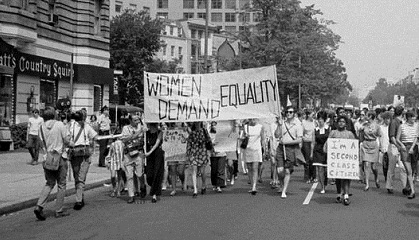
Voices of Chicago Women Activists
Celebrate Women's History Month with the Women & Leadership Archives and the Chicago Area Women's History Council. Come hear multimedia excerpts of oral histories by Columbia College honors students featuring Chicago women activists and leaders. The event will be held on Sunday, March 16th from 2:00pm-5:00pm on the 1st floor of Piper Hall.

What was Chrysler Village and how did it get its name?
Public History graduate students know and shared their work on a historic nomination for the neighborhood with Ask Geoffrey on WTTW the other night.
LEARN MORE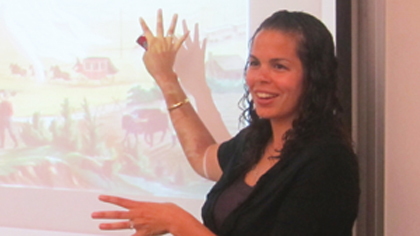
Closing the Gap
Sarah Doherty (PhD '12) reflects on the importance of the Preparing Future Faculty Program in equipping her, and other minority doctoral students, with the skills necessary for a career in academia.
LEARN MOREUnearthing the Atomic Past with the Public History Program
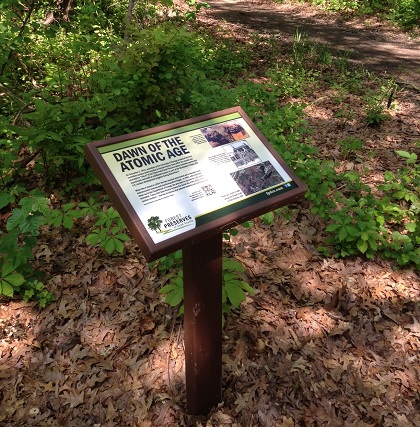
The atomic age officially started on December 2, 1942, when Enrico Fermi’s scientists successfully initiated the first ever man-made nuclear reaction. Although top-secret at the time, the site of this occurrence at the University of Chicago eventually became well known. The subsequent—and much longer—history of Fermi’s work, however, remains relatively obscure. Professor Theodore Karamanski and a team of Loyola Public History graduate students are working to change that.
Due to space and secrecy constraints, US scientists moved the original nuclear reactor pile a few miles southwest from the University of Chicago to a 1,025 acre plot of land deep into present-day Red Gate Woods in the Cook County Forest Preserve, near Palos Park. This Army camp was the original site for Argonne National Laboratory, and “Site A” and “Plot M” specifically hosted renewed nuclear chain reaction testing that proved vital to the Manhattan Project—and eventually the use of atomic weapons that ended World War II.
Site A and Plot M remained a secretive and highly-secured location for atomic research through 1956, when operations were relocated and expanded to the current Argonne National Laboratory grounds further from the city. The Army worked for years to decontaminate or dispose of the highly radioactive material at Site A and Plot M. It dismantled the reactors and toppled their highly contaminated shields into a 40 foot trench, and then capped it with concrete before filling the trench. This sarcophagus of science history remains to this day, on a cleared hilltop in what is now called Red Gate Woods just off Archer Avenue and 95th Street.
Commemorative or interpretive markers for Site A have been minimal, at best, over the years. The site is along a Forest Preserve hiking trail, but only two granite markers placed by the Department of Energy gave unsuspecting recreationists a hint of the history underfoot. In collaboration with the Cook County Forest Preserve, Dr. Karamanski oversaw the work of Greg Ruth (PhD student), Laura Johns (Public History MA, 2013), Rachel Boyle (PhD student), and William Ippen (PhD candidate). The team developed an interpretive trail with historical signs explaining the significance of the area. With the arrival of warmer weather, interpretive signs were recently installed. Dr. Karamanski and the students also developed a website about Site A, for those interested in further exploring the story.
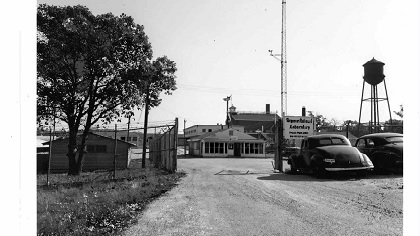
According to Dr. Karamanski, the long-road to recognize Site A is closely connected to the very development of the Loyola Public History program:
"In 1979 Loyola did an archaeological survey of the southern Cook County Forest Preserves. That was the project that got the public history program going. In doing that we came across the site. At that point there was a Department of Energy marker there and a warning not to dig. We didn't but we did record the area as a historical archaeology site with the Illinois Department of Conservation. I always wanted to do more than that but the opportunity came just last year."
Dr. Karamanski further reflected on the unique public history aspects of the team's work on Site A:
"Almost all surface traces of the Site A laboratory complex are gone. This is not a place where the physical structures of the past can tell a public story. Yet all places are layered with stories of the past. When we learn those stories we come to truly understand those places. That we why I do public history. The story of what happened at Site A is an important part of modern American history. I think our signs will allow visitors to Site A to reflect, that a half-century before in this peaceful, bucolic forest setting the atomic age was born, the full, awful consequences of which we still do not know."
Team member Greg Ruth echoed Dr. Karamanski's thoughts:
"How do you interpret the splitting of an atom; an event so short in time, so small in scale, so mighty in force? Our approach focused on the tangible: the trees and landscape that surrounded the laboratory; the facility itself recreated through designs and photographs; the scientists and military personnel who worked on the base. We tried to root the broader context of the atomic age in a specific place, a gentle reminder to the joggers, scouts, and picnickers who frequent the Forest Preserve that big things happened in settings that now seem disconnected from these significant moments."
